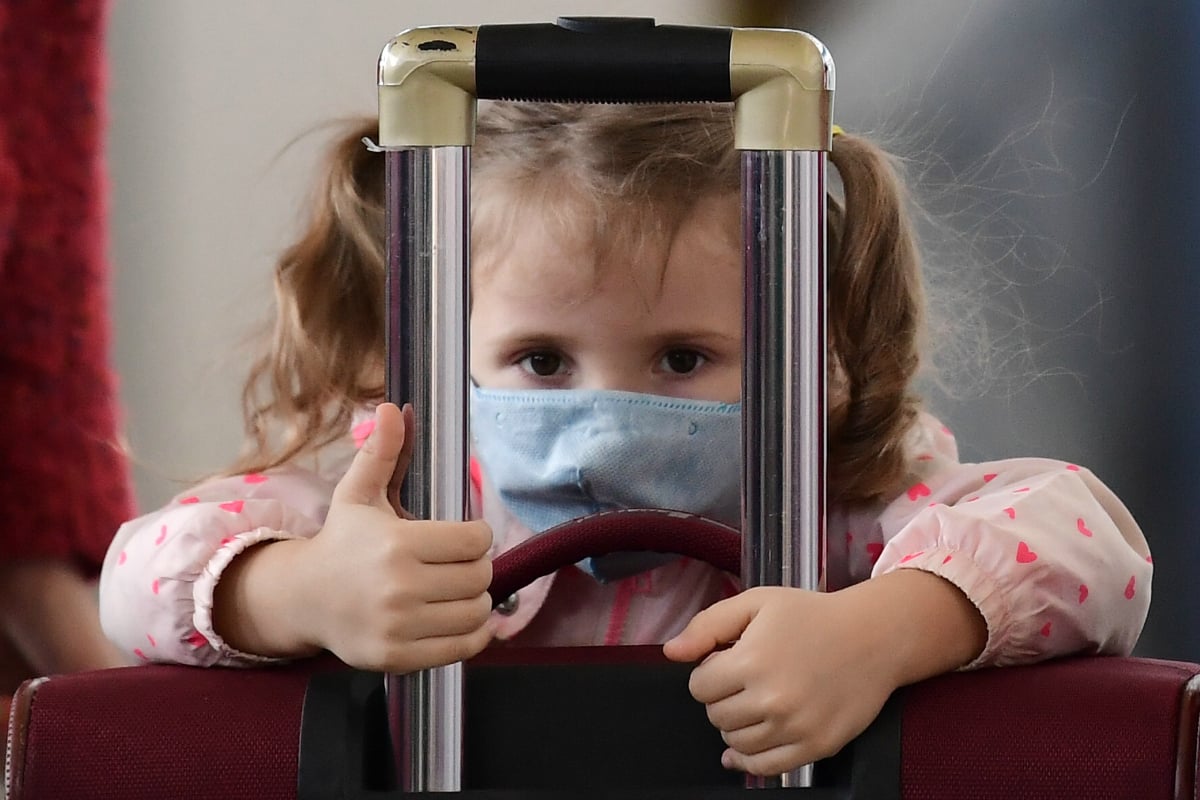
In Australia, there have been 33 cases of COVID-19, also known as Novel coronavirus. And this week, three of those were confirmed to be cases of human-to-human transmission.
In simple terms, that means the patients had not travelled overseas to one of COVID-19’s known hotspots, and therefore likely contracted it from someone in Australia who had.
It’s a common pattern emerging around the world.
Should I stockpile? Your top 20 coronavirus questions answered. Post continues after podcast.
Since the disease was first reported in China’s Hubei Province in late December 2019, it’s been detected in a further 73 countries. South Korea, Iran and Italy, for example, have emerged as international hotspots with 9,184 cases between them.
In fact, the virus is now spreading at a faster rate outside China than it is within. In the 24 hours to Tuesday, China reported just 129 new cases: its lowest number since January 20.
This is good news. It’s evidence that the spread of COVID-19 can be slowed and eventually contained with the right response.
And here, that starts with you.
So let’s take a look at what scientists understand about how COVID-19 spreads among the community, and what you can do to help prevent it.
How COVID-19 spreads.
COVID-19 is transmitted via small droplets of fluid from the nose and mouth of someone who is sick.

Top Comments
Could we move the part about 81% of cases being mild to the top of the page, perhaps? And maybe also mention that something like 80% of the people who died were over the age of 60, and 75% had other health issues.
Scientists have apparently discovered that the coronavirus has now a more virulent strain and people are being hit much harder (irrespective of age) than before. Autopsies of those patients (in China) who died from COVID19 showed extensive lung tissue damage and doctors have stated that even amongst those who have survived, they will end up needing a lung transplant. This virus is worse than the flu and has a much higher death rate, but I guess if the victims are over 60, what does it matter.
Wow, way to put words in my mouth! I'm not saying people over 60 don't matter, I'm saying if your young and relatively healthy there's probably no need to panic.
Thank you, very informative, but it doesn't really touch on the big questions:
Will single ply be enough to maintain our civilisation?
Is scrunching or folding best practice?